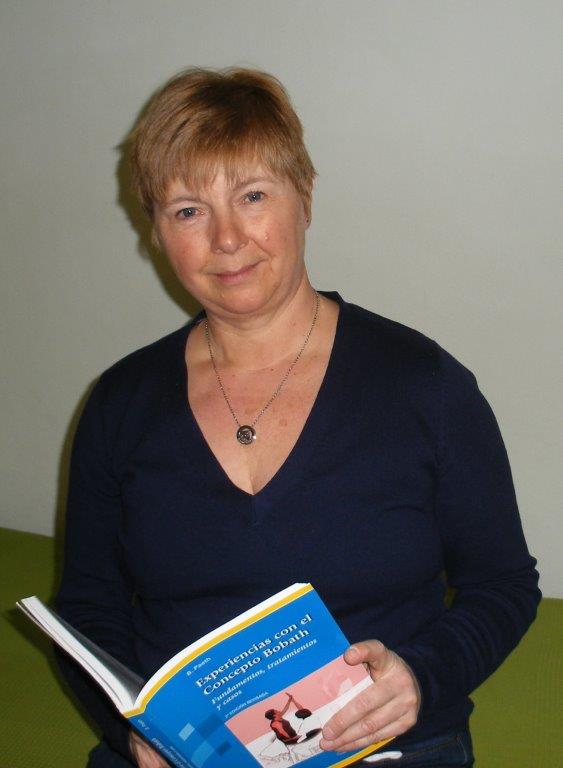Today, on March 8, 2024, we commemorate International Working Women’s Day, a fitting occasion to recognize and pay tribute to women who have made a significant impact in various professional fields. In this context, we cannot overlook the profound contribution of women in the realm of physiotherapy.
Dorothea Erxleben, whose name may sound unfamiliar to some, was a trailblazer as the first female physician. In her thesis, she investigated the reasons why women avoided pursuing university education, marking a milestone in the history of medicine.
In the field of physiotherapy, it is not just one remarkable woman but a group of British nurses who, in the late 19th century, founded the “Society of Trained Masseuses,” led by Rosalind Page. At that time, physiotherapy lacked recognition and was primarily practiced by doctors and nurses.
As we enter the 20th century, the name Elizabeth Kenny resonates more familiarly. Her revolutionary contribution to addressing children affected by polio left an indelible mark, being referenced not only in medical circles but also immortalized in novels and films about the disease.
Olive Frances Guthrie Smith is another notable figure in the history of physiotherapy. During World War I, she worked with soldiers affected in combat and introduced the therapy of suspended movement.
In the mid-20th century, several female names emerged that solidified physiotherapy as a recognized profession in the fields of medicine and health. Françoise Mezieres, the creator of the Mezier concept for the treatment of muscular chains; Florence Kendell and Lucille Daniels, who developed tests to assess the muscular system; and Catherine Worthington, the mind behind the concept of therapeutic exercise.
Delving into the field of neurological physiotherapy, we find the name of physiotherapist Berta Bobath, who, along with her husband, devised the Bobath Concept. This approach is renowned for the treatment of neurological diseases such as Cerebral Palsy, Stroke, Multiple Sclerosis, and other less common conditions.
In Spain, we have references such as Bettina Paeth, a German physiotherapist who introduced the Bobath Concept and founded our center. We also highlight Marisa Frontera, a reference in applying the Bobath Concept in the physiotherapeutic treatment of children with neurological diseases.
The list of influential women in the world of physiotherapy is extensive and continues to grow. At the Neurorehabilitation Clinic, we pay tribute to all the pioneers of physiotherapy, firmly believing in the motto: ‘Investing in women: accelerating progress.'”

